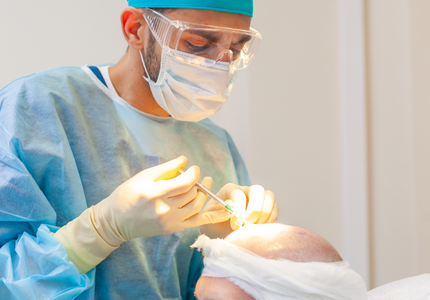Hair Transplant
in Istanbul Turkey
If you are considering hair transplantation, Turkey will be the best place. In our country where the latest technology is used in hair transplantation, many patients from abroad have hair transplantation.



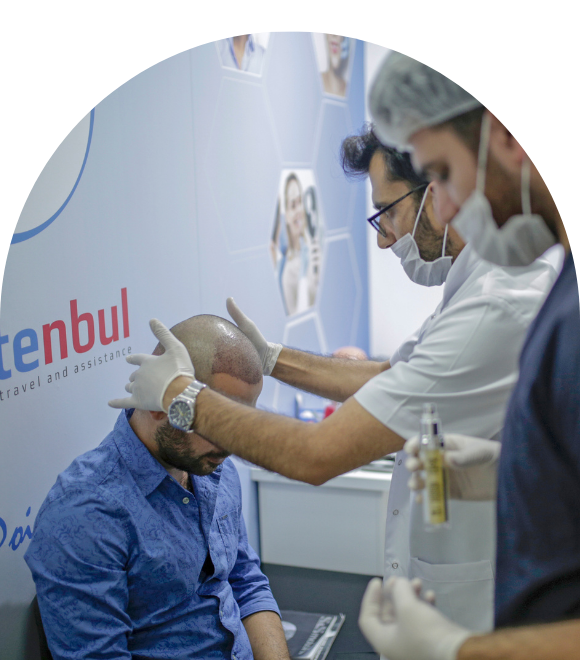
We Are Specialized in the Following Services
Specialists in the FUE technique
Years of Experience
Successful Operations
Hair Growth Rate
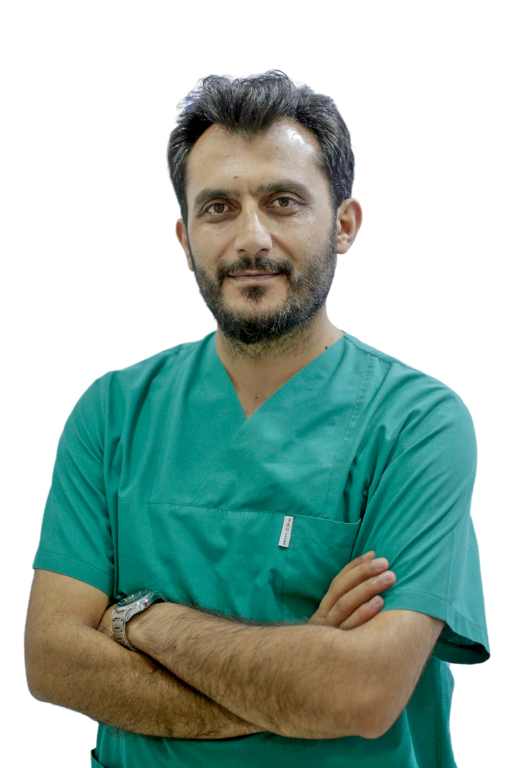
Why Choose Us
We, as Estenbul Health, approach each of our guests with this awareness and are working with all our power to get the most successful results within the framework of ethical rules. The satisfaction of our guests coming to Turkey from all around the world and choosing us is the greatest proof of how well we’re heading.
Hair Transplant Turkey
Before After Results
Below you can see the results of our hair transplant patients before and after the procedure. To see more, you can visit our hair transplant before and after page. You can contact us for more details.
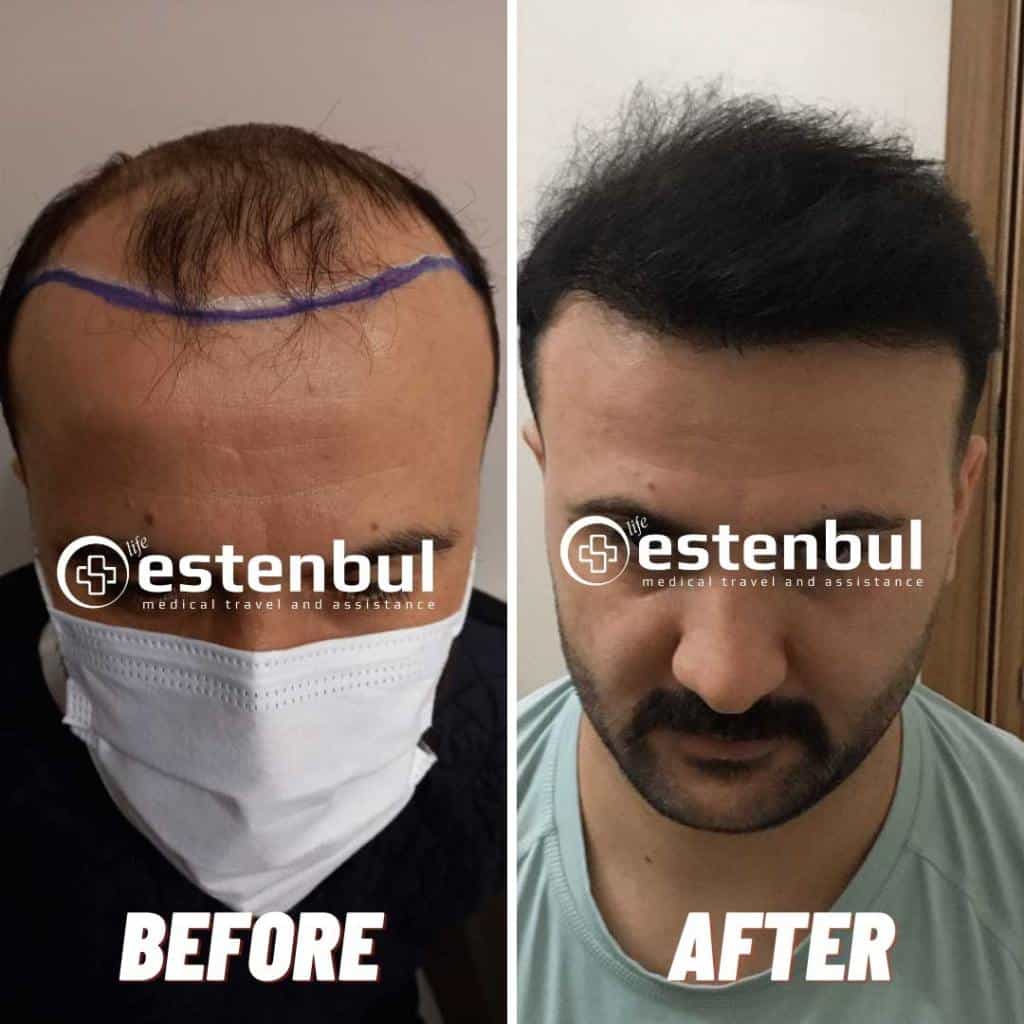
Technique : DHI Transplant
Number of Grafts: 5200 Hair Grafts Before and After

Technique : FUE Sapphire
Number of Grafts: 1650 Hair Grafts Before and After
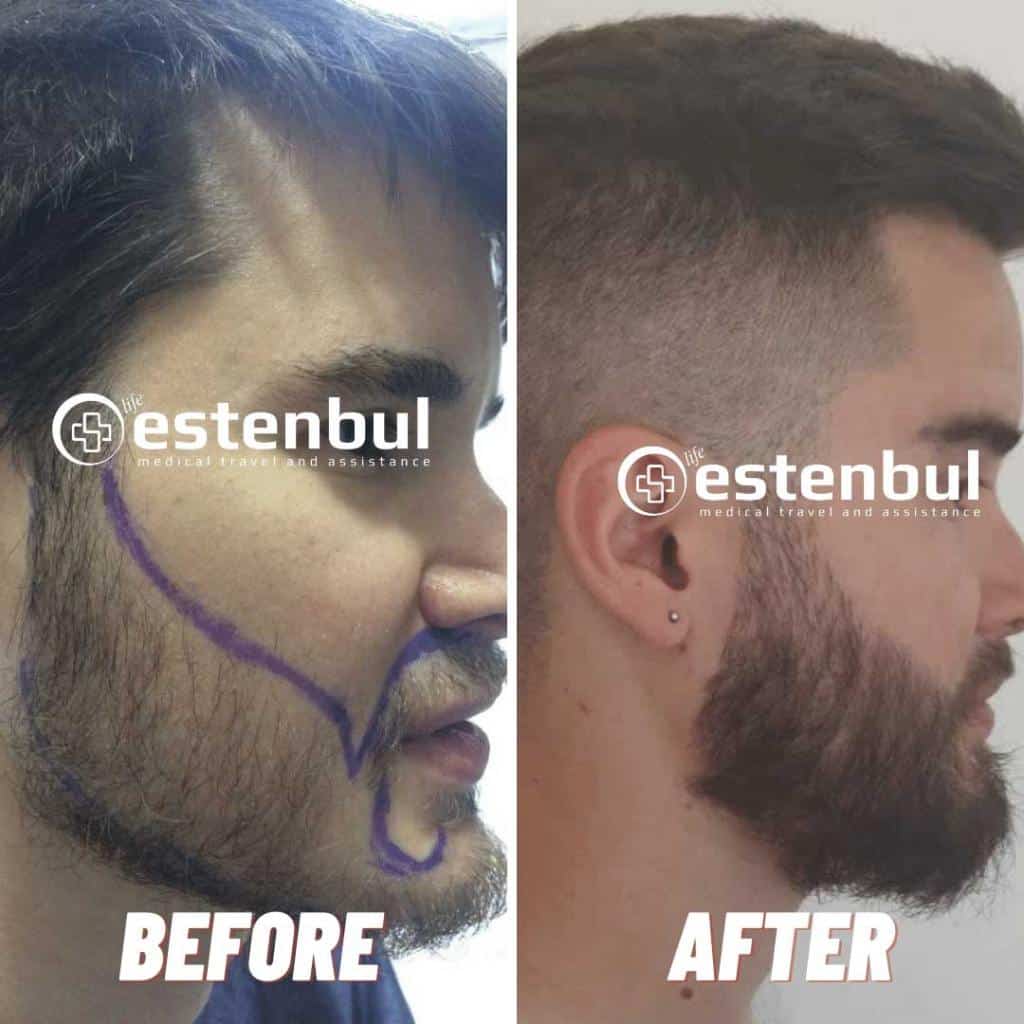
Technique : FUE Sapphire
Number of Grafts: 4800 Hair Grafts Before and After
2024
All-inclusive packages starting from €2400
You can contact us so as not to miss seasonal discounts and for detailed information about Packages.

Sapphire / DHI
Hair Transplant Surgery
3-4-5 Stars Hotel
3 Nights Accommodation
VIP TRANSFER
Airport - Hotel - Hospital
Hair Transplant in Turkey
Complete the hair transplant process in just 3 steps
The Ultimate Guide to Hair Transplant Services: Comparing FUE, DHI, and More
Hair loss is a common issue affecting millions of people worldwide, leading many to seek effective solutions like hair transplants. As the popularity of hair transplants grows, choosing the right method becomes crucial for achieving the best results. This guide will help you understand and compare different hair transplant methods, so you can make an informed decision.
Understanding Hair Transplantation
Hair transplantation involves moving hair follicles from one part of the body (usually the back or sides of the scalp) to areas experiencing hair loss. People lose their hair for various reasons, including genetics, hormonal changes, medical conditions, and stress. Understanding the causes of hair loss can help in selecting the appropriate treatment.
Follicular Unit Extraction (FUE)
What is FUE?
Follicular Unit Extraction (FUE) is a popular hair transplant method where individual hair follicles are extracted and transplanted to the balding areas.
How is FUE Done?
- The donor area is shaved.
- Local anesthesia is applied.
- Individual follicles are extracted using a micro-punch tool.
- Small incisions are made in the recipient area.
- Extracted follicles are implanted into these incisions.
Advantages of FUE
- No large scars.
- Faster healing time.
- Suitable for people with tight scalps.
Disadvantages of FUE
- Time-consuming procedure.
- More expensive than some other methods.
- Higher risk of follicle damage.
Direct Hair Implantation (DHI)
What is DHI?
Direct Hair Implantation (DHI) is a method where hair follicles are implanted directly into the scalp using a specialized tool.
How is DHI Done?
- Hair follicles are extracted using a micro-punch tool.
- Local anesthesia is applied.
- Follicles are implanted directly into the scalp using a pen-like device.
Advantages of DHI
- No need for prior incisions.
- High accuracy and density.
- Minimal handling of hair follicles.
Disadvantages of DHI
- Requires special training and tools.
- More expensive than FUE and FUT.
- Longer procedure time.
Follicular Unit Transplantation (FUT)
What is FUT?
Follicular Unit Transplantation (FUT) involves removing a strip of skin from the donor area and dissecting it into individual follicular units for transplantation.
How is FUT Done?
- A strip of skin is removed from the donor area.
- The strip is dissected into individual follicles.
- Local anesthesia is applied to the recipient area.
- Small incisions are made in the recipient area.
- Follicles are implanted into these incisions.
Advantages of FUT
- Higher survival rate of hair follicles.
- More hair can be transplanted in one session.
- Often less expensive than FUE.
Disadvantages of FUT
- Leaves a long linear scar.
- Longer recovery time.
- More postoperative pain.
Robotic Hair Transplantation
What is Robotic Hair Transplantation?
Robotic hair transplantation utilizes advanced technology like the ARTAS system to assist in the extraction and implantation of hair follicles.
How is it Done?
- The donor area is scanned by the robot.
- The robot extracts individual follicles.
- Local anesthesia is applied.
- The robot assists in implanting the follicles into the recipient area.
Advantages of Robotic Hair Transplantation
- Highly precise and consistent.
- Reduces human error.
- Faster extraction process.
Disadvantages of Robotic Hair Transplantation
- Very expensive.
- Not widely available.
- Requires skilled operators.
Choosing the Right Hair Transplant Service
Factors to Consider
- The extent and pattern of your hair loss.
- Personal preferences and lifestyle.
- Budget constraints.
- The surgeon’s skill and clinic reputation.
Consulting with a Specialist
- Professional advice is crucial for making the right choice.
- During a consultation, the specialist will assess your hair loss and recommend suitable options.
- Prepare questions about the procedure, expected outcomes, and aftercare.

Frequently Asked Questions
A good candidate for a hair transplant is someone who has significant hair loss, a healthy scalp, and sufficient donor hair on the back or sides of the head. They should also have realistic expectations about the results.
The cost of a hair transplant varies depending on the technique used, the number of grafts needed, the clinic's location, and the surgeon's experience. It can range from a few thousand to several thousand dollars.
The two main hair transplant methods are Follicular Unit Extraction (FUE) and Follicular Unit Transplantation (FUT). Other methods include Direct Hair Implantation (DHI) and robotic hair transplants.
A hair transplant procedure can take anywhere from 4 to 8 hours or more, depending on the number of grafts being transplanted.
After a hair transplant, expect some swelling, redness, and scabbing in the treated area. Hair shedding is common in the first few weeks, with new hair growth starting in about 3 to 4 months.
Hair transplants can fail due to poor surgical technique, inadequate post-operative care, infection, or underlying health conditions that affect hair growth.
Initial recovery takes about 1 to 2 weeks, but full healing and noticeable hair growth can take several months to a year.
When performed by a skilled surgeon, a hair transplant can look very natural, with hair growing in a pattern that matches the patient's original hair.
The procedure itself is usually not painful due to local anesthesia. Some discomfort and soreness may be experienced during recovery, but pain can be managed with medication.
Scarring from hair transplants depends on the method used. FUE leaves tiny, dot-like scars that are barely noticeable, while FUT leaves a linear scar that can be concealed by surrounding hair.








